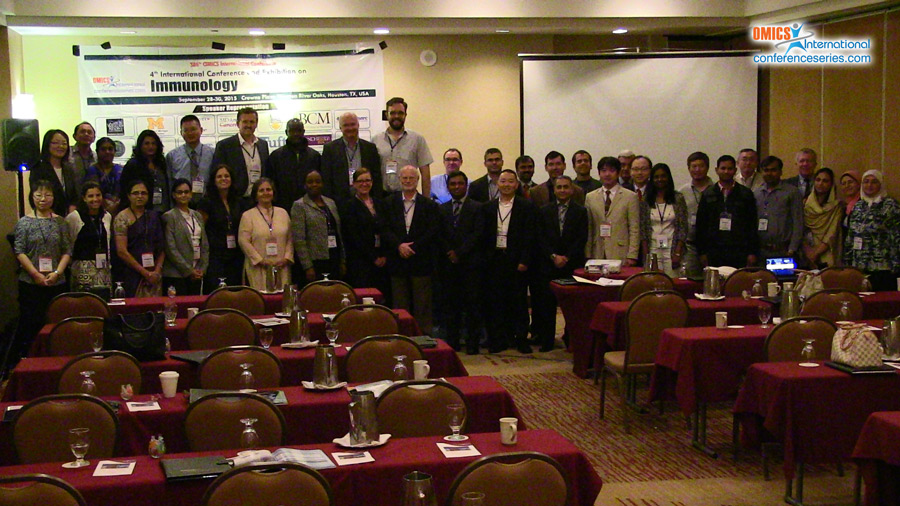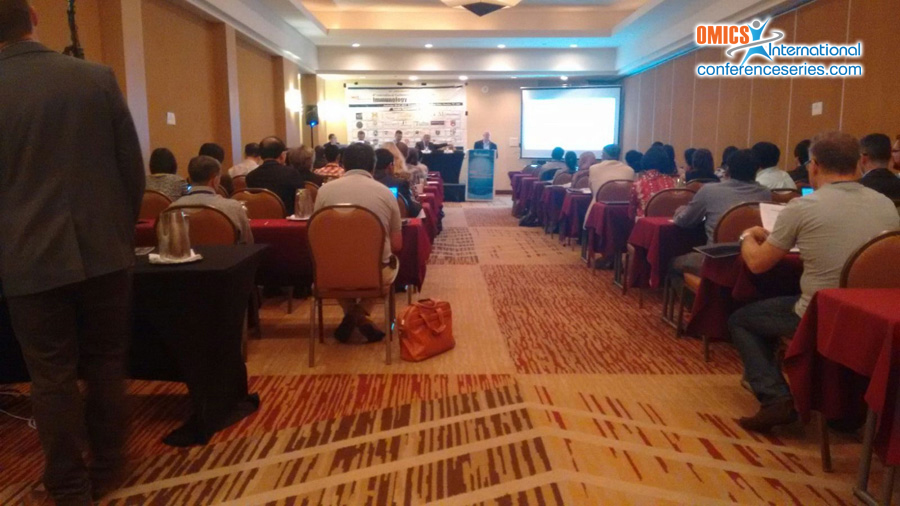
Magdy I Al-Shourbagi
Sharm El Sheikh International Hospital, Egypt
Title: Anti-allergic effect of bee venom in allergic rhinitis
Biography
Biography: Magdy I Al-Shourbagi
Abstract
Allergic rhinitis (AR) is characterized by nasal mucosal inflammation resulting from immunoglobulin E (IgE) mediated hypersensitivity reaction. Allergen exposures stimulate infiltration of inflammatory cells within the nasal mucosa, including basophils, eosinophils, mast cells and mononuclear cells. These inflammatory cells release several allergic mediators, such as histamine, cysteinyl leukotrienes and prostaglandins, which sustain the inflammatory reaction and produce characteristic nasal symptoms of sneezing, itching, rhinorrhea and nasal congestion. Bee venom (BV) consists of various biologically active amines, peptides and nonpeptide components and has radio protective, anti-mutagenic, anti-inflammatory, anti-nociceptive and anticancer activities. Two main components of BV, melittin and adolapin, have anti-inflammatory activity that involve inhibition of cycloxygease-2 and phospholipase-A expression and decrease levels of tumour necrosis factor-α interleukin (IL)-1, IL-6 and nitric oxide. The anti-allergic activity is associated with marked inhibition of OVA-induced tracheal contraction and histamine release from lung tissue. The mast-cell degranulating peptide binds to the mast cell receptors and inhibits the binding of IgE and production of histamine. BV also inhibits the release of inflammatory mediators similar to non-steroidal anti-inflammatory drugs.
Speaker Presentations
Speaker PDFs
Speaker PPTs Click Here




